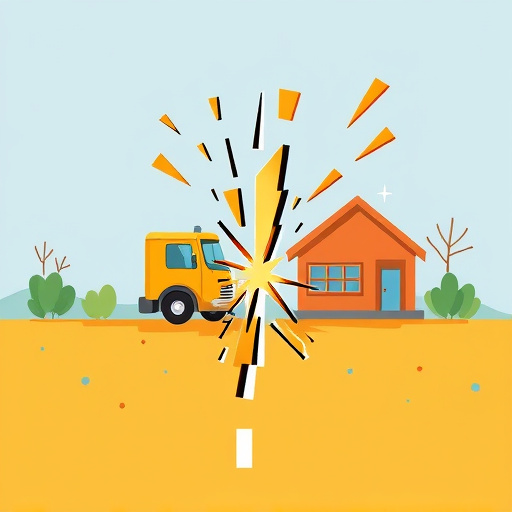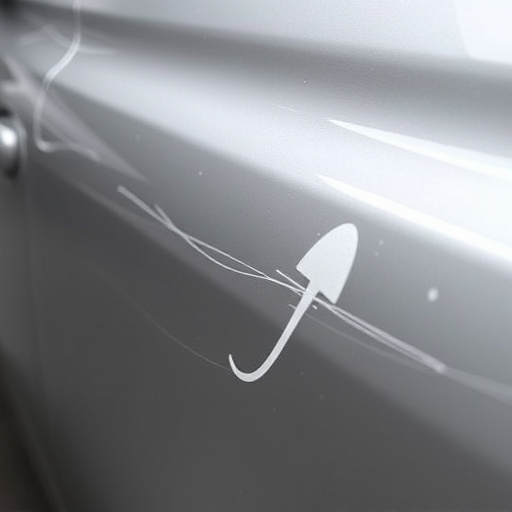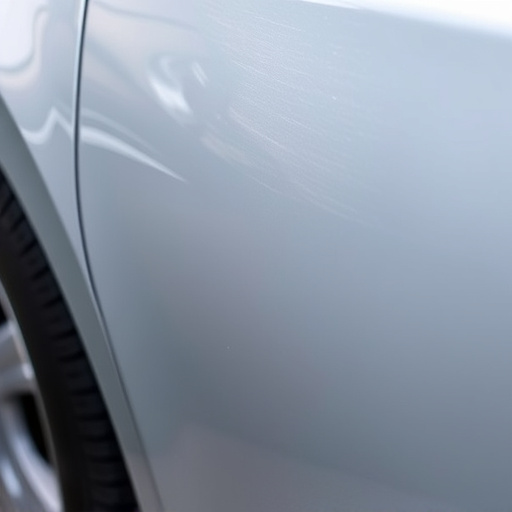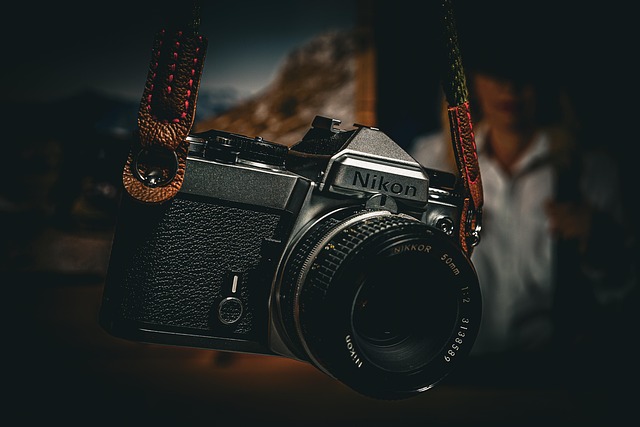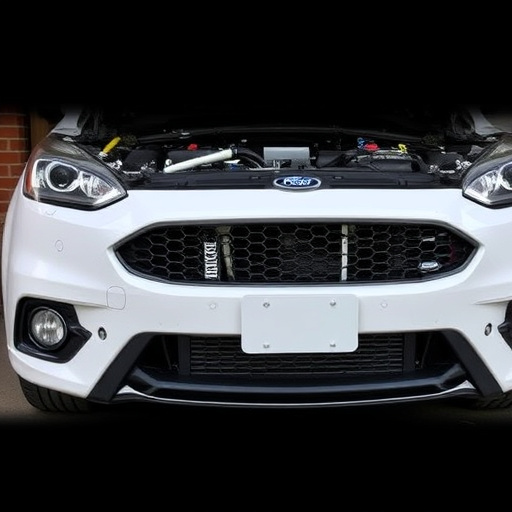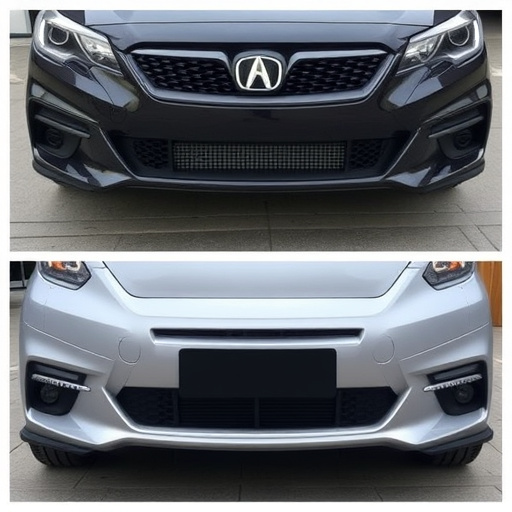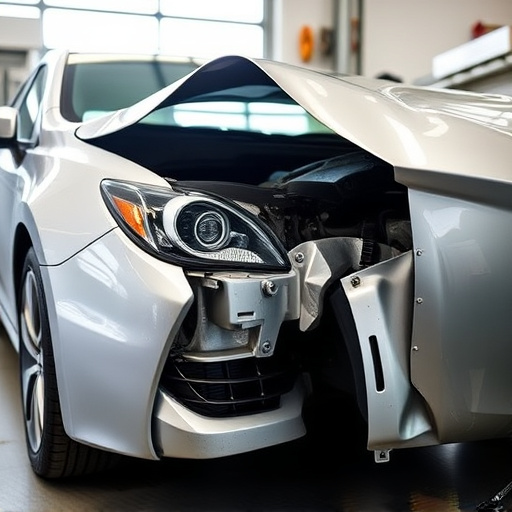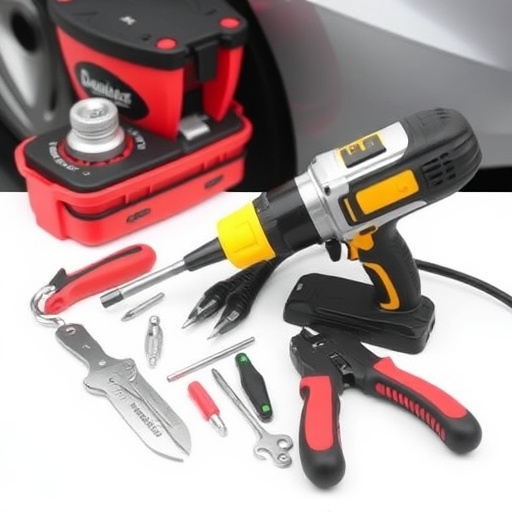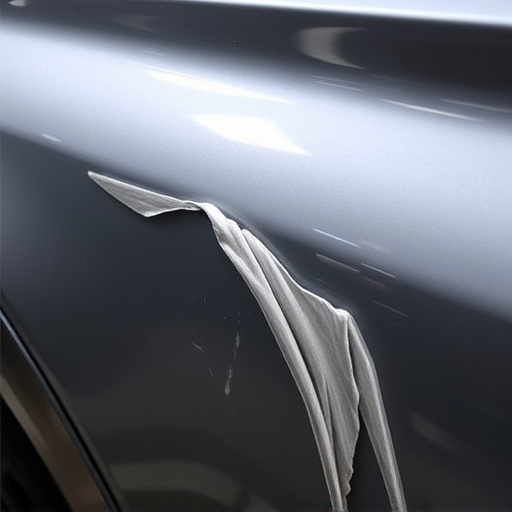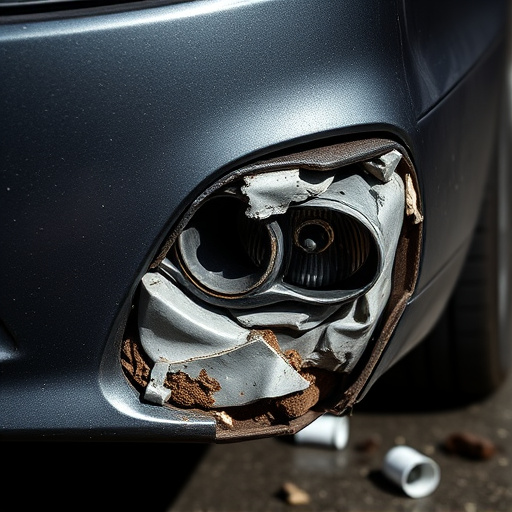Before visiting a collision auto body shop, prepare essential documents like vehicle registration, driver's license, and insurance proof to establish ownership and policyholder status. Understand your insurance coverage, which dictates what services are covered, and bring records of previous repairs for accurate damage assessment. Clean your car, secure loose items, and gather necessary paperwork to enhance efficiency during repairs at the collision auto body shop.
When you arrive at a collision auto body shop, being prepared can streamline the repair process. This guide outlines what to bring, focusing on three key aspects: essential documents for auto body repairs, understanding your insurance coverage, and preparing your vehicle. By bringing these items, you’ll ensure a smooth experience during your collision auto body shop appointment.
- Necessary Documents for Auto Body Repairs
- Understanding Your Insurance Coverage
- Preparing Your Vehicle for Repair Process
Necessary Documents for Auto Body Repairs
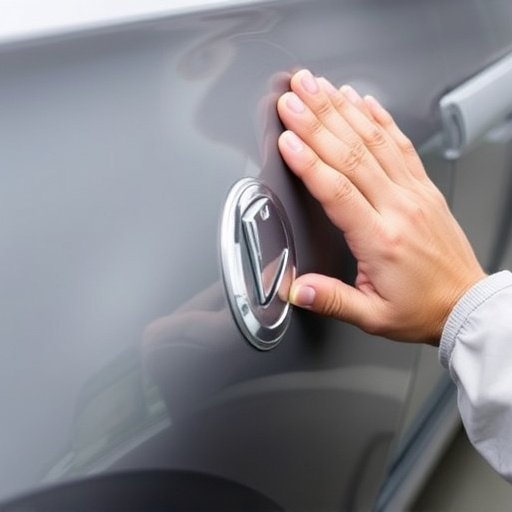
When visiting a collision auto body shop for repairs, it’s essential to come prepared with all necessary documents to ensure a smooth and efficient process. The primary items include your vehicle registration, valid driver’s license, and proof of insurance. These documents are crucial for verifying ownership, identifying you as the policyholder, and facilitating the claims process if applicable.
Additionally, if you’re aware of any pre-existing damage or have recently had work done on your vehicle, bringing along reports or records from previous repairs or maintenance is beneficial. This information can help the collision auto body shop understand the extent of the current damage and provide an accurate assessment for car dent removal or other required services. Remember, a well-prepared visit to a collision repair shop saves time and ensures you receive the best care for your vehicle.
Understanding Your Insurance Coverage
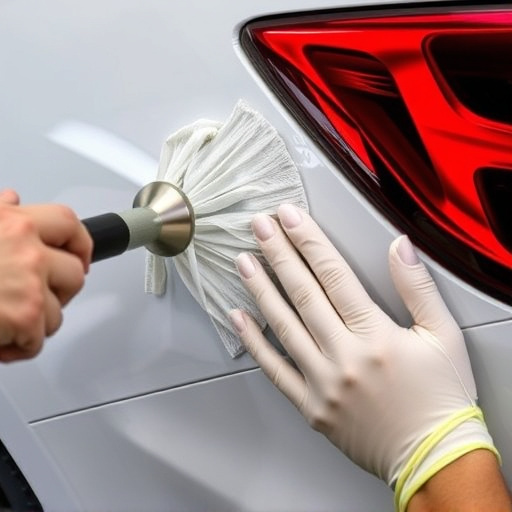
Before visiting a collision auto body shop, understanding your insurance coverage is crucial. Your policy details will dictate what services are covered and how much you might need to pay out of pocket. Most standard car insurance plans include collision coverage, which can help cover costs related to vehicle repairs after an accident. This includes damages from both minor fender benders and more significant collisions.
When you meet with the team at a collision auto body shop, they will guide you through the process. They can explain your policy benefits and help you navigate any necessary paperwork. Remember that different insurance companies have varying policies and limitations, so ensuring you know your coverage is key to a smooth and efficient repair experience. This way, you can focus on getting your vehicle back in top condition with expert car paint services and collision repair without unexpected financial surprises.
Preparing Your Vehicle for Repair Process
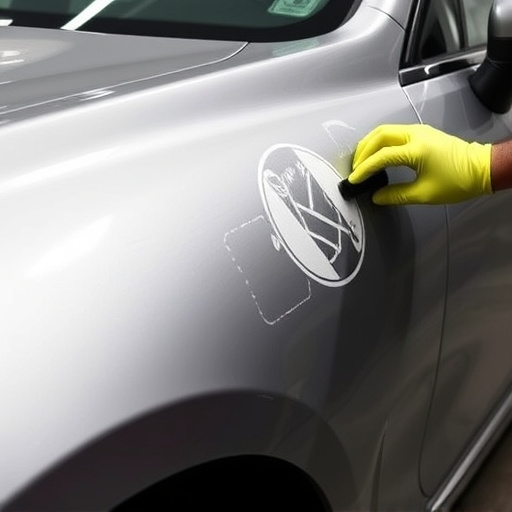
Before heading to a collision auto body shop for repairs, preparing your vehicle can significantly streamline the process. Start by thoroughly cleaning your car both inside and out. This not only improves visibility for the technicians but also helps them accurately assess the extent of damage during the initial inspection phase. Ensure that loose items, such as loose change, personal belongings, or any objects in the trunk or compartments, are secured to prevent displacement during repair work.
Additionally, gather all relevant documents related to your vehicle and insurance coverage. This includes registration papers, proof of insurance, and if possible, any pre-existing maintenance records. These documents will be valuable for both administrative processing and ensuring that the repairs align with your vehicle’s specific requirements. By taking these simple steps, you’ll make your collision auto body shop appointment more efficient, leading to faster vehicle collision repair and peace of mind throughout the process.
When you visit a collision auto body shop, being prepared with the right documents and knowledge of your insurance coverage can streamline the process. Remember to bring all necessary paperwork, including your vehicle registration and proof of insurance. Understanding your policy’s terms regarding collision repairs is key to ensuring a smooth experience. Additionally, preparing your car for the repair process by removing personal items and ensuring it’s in drivable condition will make the visit more efficient. With these steps, you’ll be well on your way to getting your vehicle back on the road safely and quickly.


